50+ Sample Resolution Forms
-

Board of Directors Resolution Form
download now -
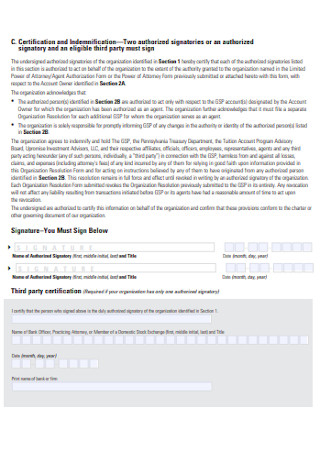
Organization Resolution Form
download now -
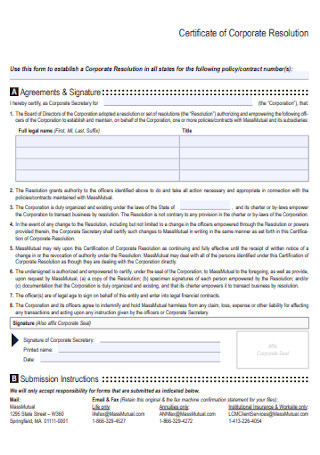
Certificate of Corporate Resolution Form
download now -
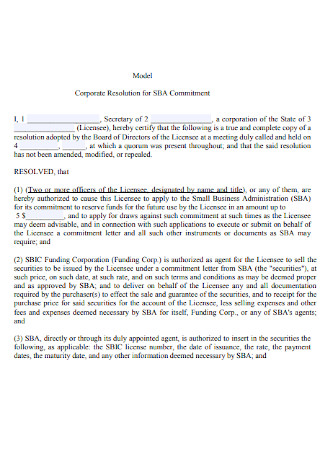
Resolution for Commitment Form
download now -
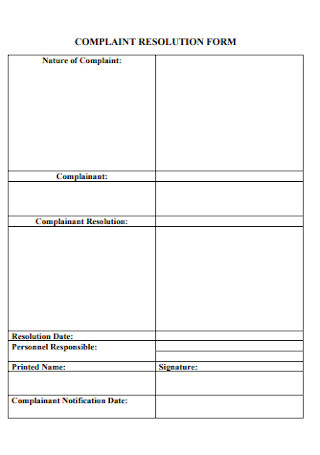
Complaint Resolution Form
download now -
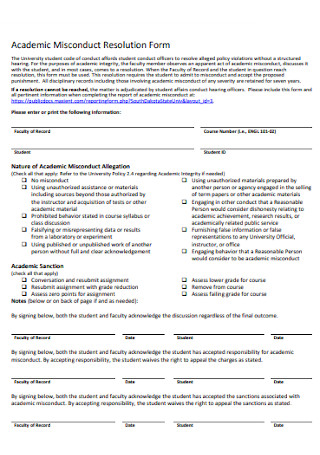
Academic Misconduct Resolution Form
download now -
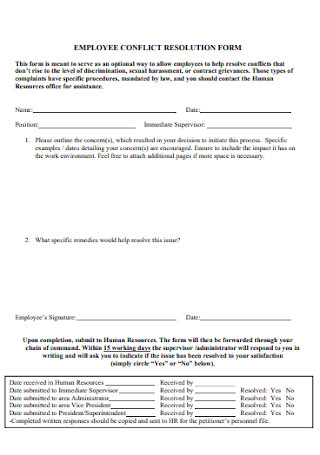
Employee Conflict Resolution Form
download now -
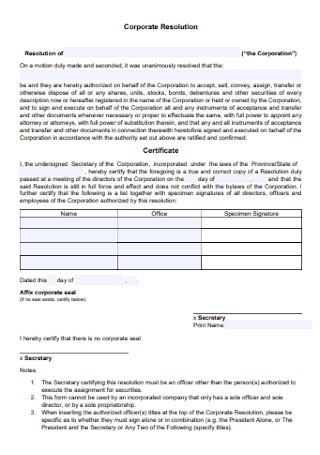
Resolution Clear Form
download now -

Corporate Resolution to Sell Form
download now -
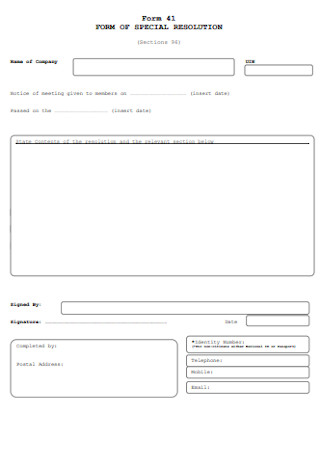
Form for Special Resolution
download now -
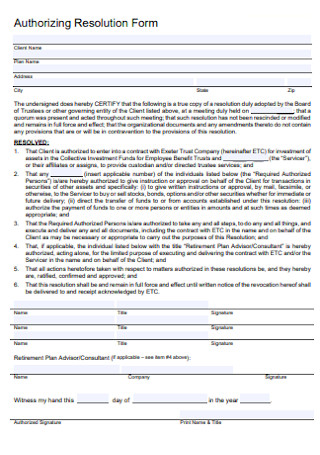
Authorizing Resolution Form
download now -
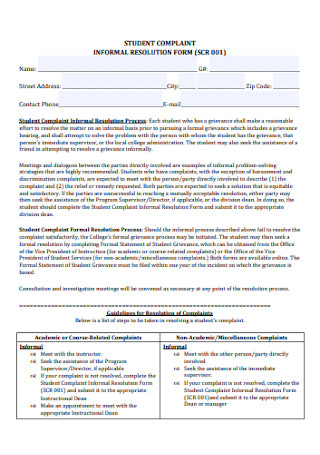
Informal Resolution Form
download now -
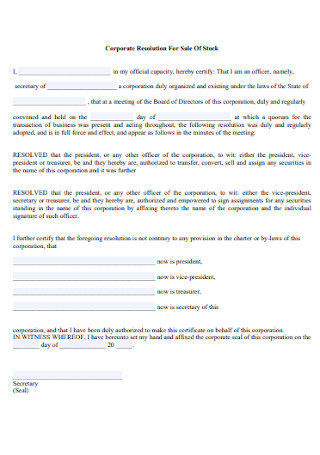
Resolution For Sale Of Stock Form
download now -

Funds Resolution Form
download now -

Academic Integrity Resolution Form
download now -
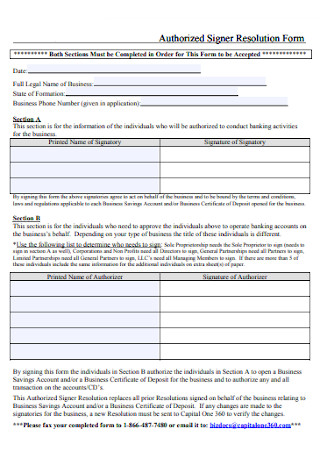
Authorized Signer Resolution
download now -
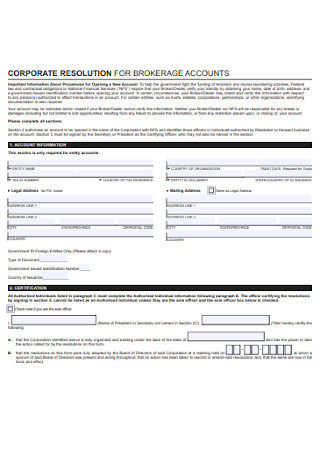
Resolution for Brokerage Account Form
download now -
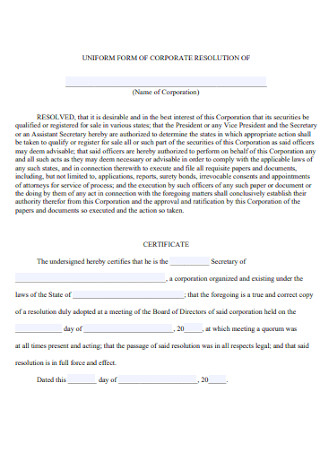
Uniform Form for Corporation Resolution
download now -
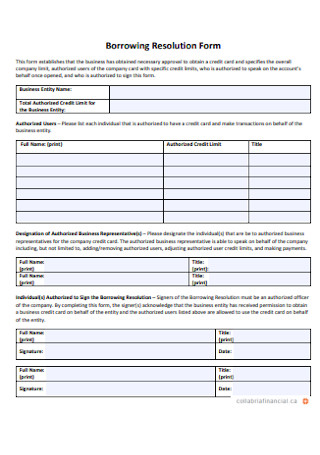
Borrowing Resolution Form
download now -
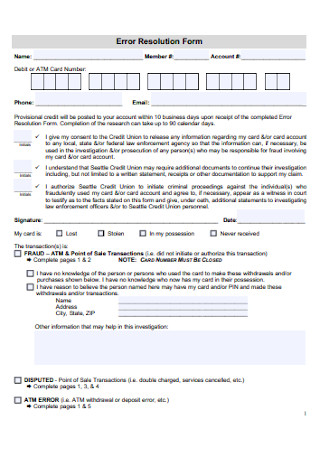
Error Resolution Form
download now -
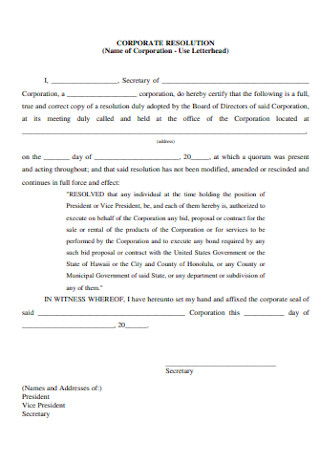
Resolution Letterhead Form
download now -
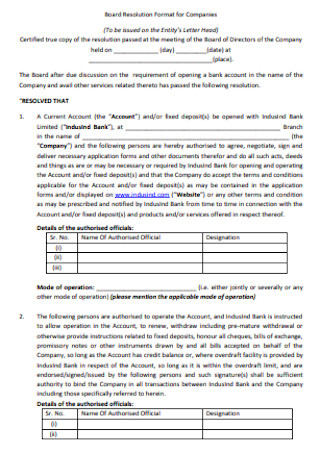
Board Resolution Format for Companies
download now -
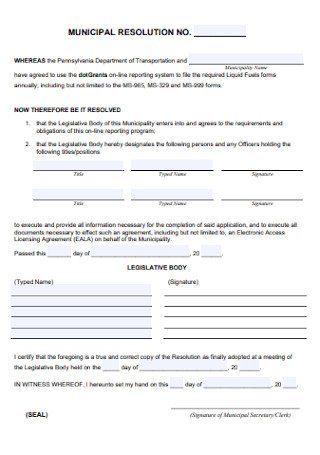
Muncipal Resolution Form
download now -

Billing Dispute Resolution Request Form
download now -
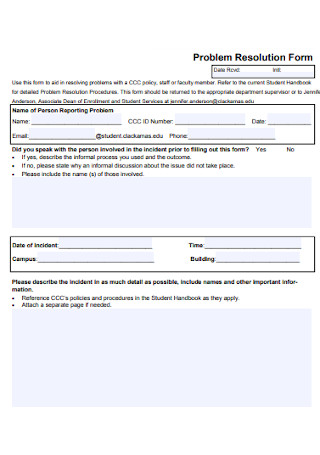
Problem Resolution Form
download now -
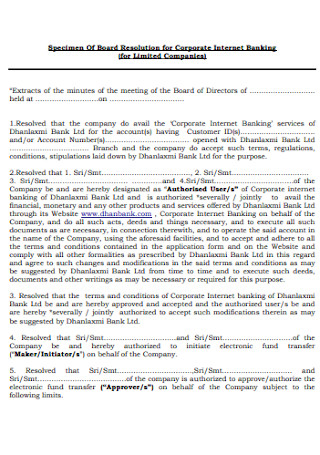
Resolution for Banking Form
download now -

Corporate of Directors Resolution Form
download now -
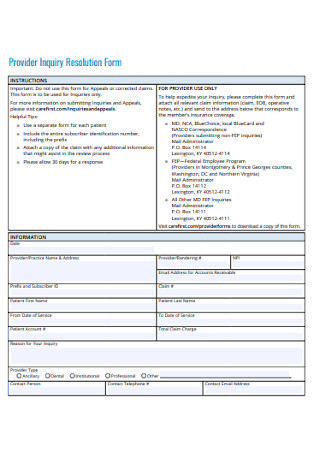
Provider Inquiry Resolution Form
download now -
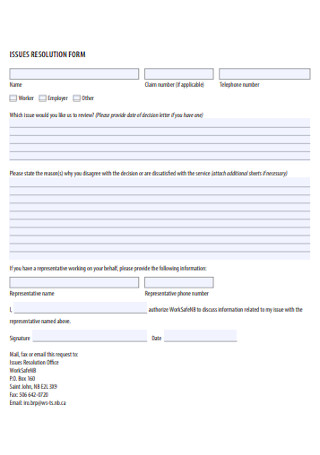
Issues Resolution Form
download now -
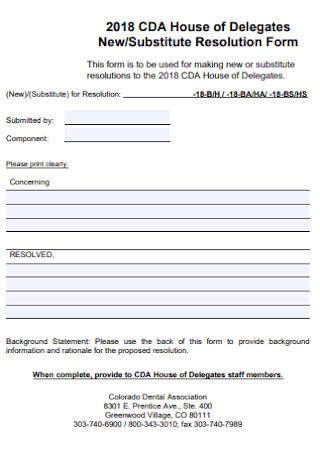
Substitute Resolution Form
download now -
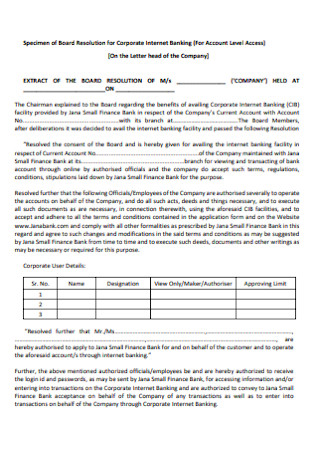
Resolution for Internet Banking Form
download now -
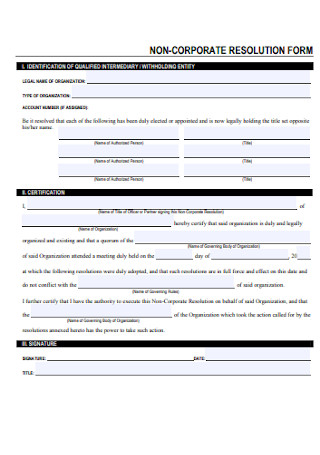
Non-Corporation Resloution Form
download now -
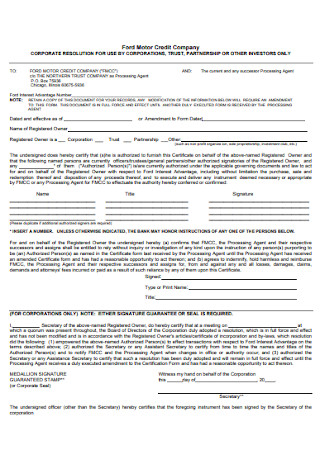
Trust Resolution Form
download now -

Time Conflict Resolution Form
download now -
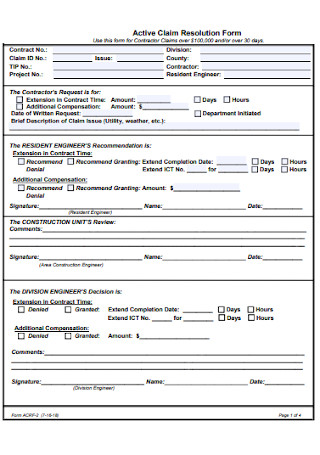
Active Claim Resolution Form
download now -
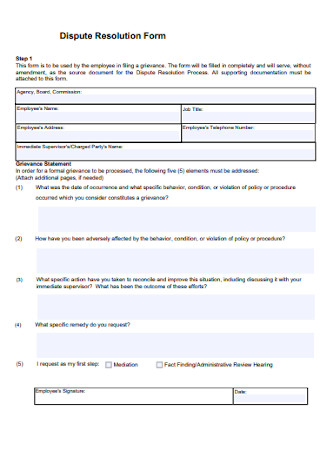
Dispute Resolution Form
download now -
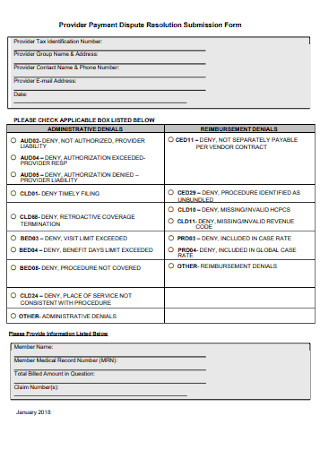
Payment Dispute Resolution Submission Form
download now -

Basic Corporation Resolution Form
download now -
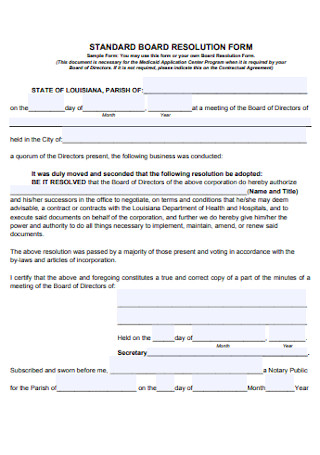
Standard Resolution Form
download now -
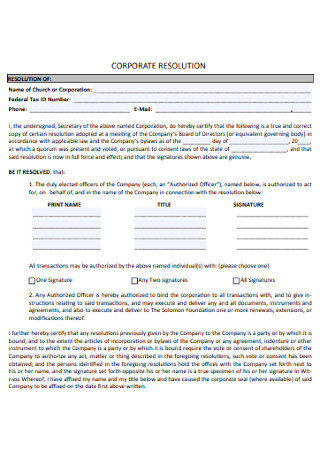
Foundation Resolution Form
download now -
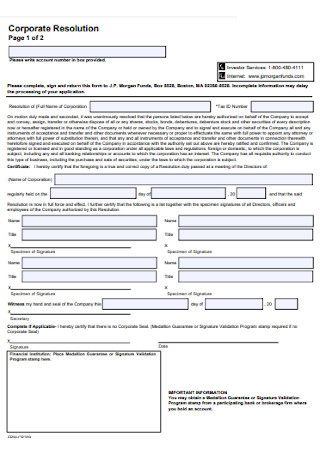
Management Resolution Form
download now -

Provider Dispute Resolution Form
download now -
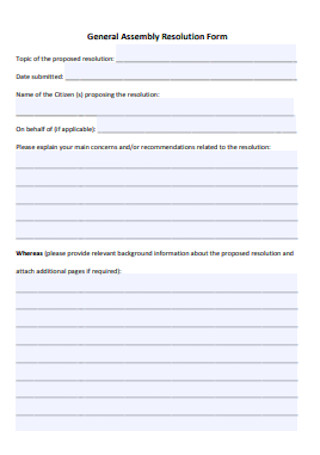
General Assembly Resolution Form
download now -
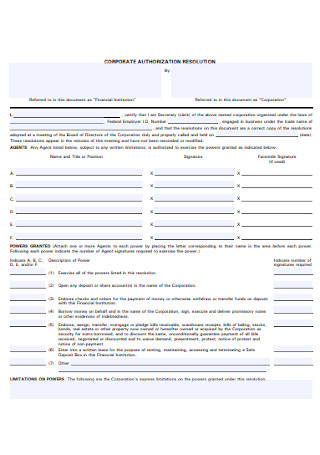
Corporate Authorization Resolution Form
download now -
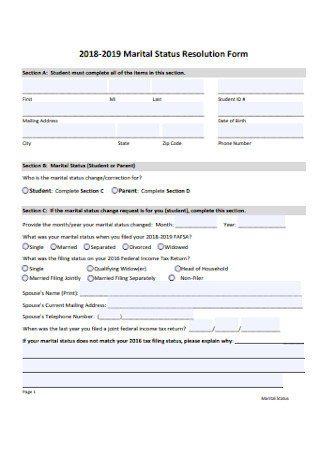
Marital Status Resolution Form
download now -
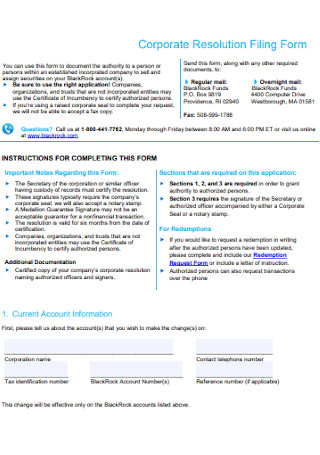
Resolution Filing Form
download now -
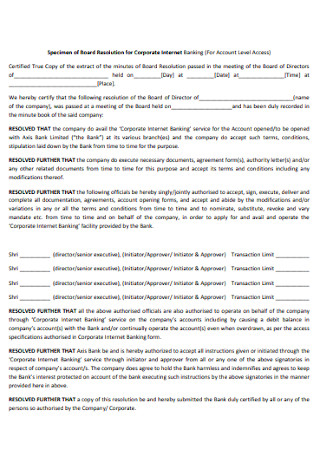
Resolution for Internet Form
download now -
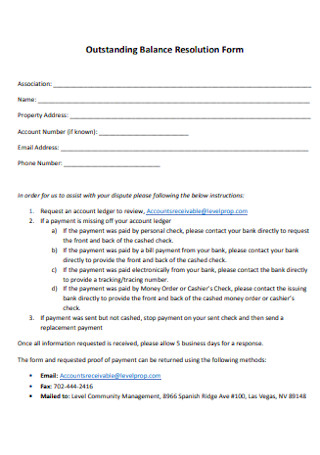
Outstanding Balance Resolution Form
download now -

Bachelors Degree Resolution Form
download now
FREE Resolution Form s to Download
50+ Sample Resolution Forms
What is a resolution form?
Circumstances that Call for a Resolution Form
How to Write a Resolution Form
FAQ
How is a resolution form certified?
Does a resolution form have to be notarized?
Does an LLC have to make resolution forms?
Do resolution forms have to filed in state agencies?
What is a resolution form?
Resolution forms are known through various names such as board resolution letter, corporate resolution, or board of directors resolution form for instance. This document regards important issues or happenstances within the company, and serves as a record for the board of directors, or the executives, as well as how these are dealt with through the means of voting. A resolution form is kept by virtue of the need for precedence in future decision-making stages, or perhaps the need for compliance, should it be required. The constituents that have the power to create such an important document are the board of directors, either the company’s or a non-profit one, shareholders of the company or corporation, or a government party. This form is a very essential record since it holds the important binding decisions that a company decides to commit to, hence, kept with the significant documented files, and even has a back-up copy in a different location.
Circumstances that Call for a Resolution Form
The needs and the things that are to be considered important are completely dependent on the company and its nature as well, since one thing is never quite like the other. These are some of the things that make companies unique from each other, as well as diversify the kind of markets we have in the status quo. All forms of these issues that they value to be worth keeping records of are valid and are always taken into consideration. Albeit the necessity of resolution forms is completely arbitrary to the board of directors or executives of a company, the following is an array of the most common situations that prompt these corporation heads to create a resolution form.
How to Write a Resolution Form
Step 1: Title
For better identification and determining the inherent function of a certain resolution form, create a detailed but concise title of the issue being dealt with.
Step 2: Headings
Make sure to put the date and resolution number in the top portions of the document. These are also important for identification, as well as securing the traceability and legitimacy of the resolution form.
Step 3: Body
Resolution forms must always begin through stating the responsibility of the board of directors. In each paragraph, the first sentence should start with the word “whereas” at all times, and formal language is to be kept all throughout the whole document. In the declining portions of the document, the resolution or action decided by the board must also be included and be kept in detail.
Step 4: Footings
In the bottom part of the resolution form lie the names of the different directors of the board with their decisions adjacent. “Yes” or “No” is indicated as their respective votes, and ultimately, the resolution is a success if majority of the votes go to affirmative. An area where the president of the board can affix their signature as well as the date of the occurrence must also be present within the document for validity.
FAQ
How is a resolution form certified?
To begin with, a meeting has to be taken into action, and begun through the reviewing of the corporate bylaws of the issuing corporation at hand. The meeting is then called to order, and the discussion of the issue commences. Voting is then called for, and the approval rate of the resolution transcends to the vote being an official part of the corporate record. These results are then signed by the president of the board for verification, and then certified by the secretary stating that the outcome is final, and that the procedure was taken in accordance to the corporate bylaws.
Does a resolution form have to be notarized?
It is not a necessity to have resolution forms be notarized since its main role is to serve as a company record, and are already verified and certified by the president of the board for instance, or the company secretary. However, in cases of court orders and trials, notarized resolution forms have more credibility because of its legal binding contract, added on top of those whose words are considered as an insignia of the legitimacy of the said document.
Does an LLC have to make resolution forms?
LLC or Limited Liability Partnership agreement Company varies from corporations by virtue of it being owned by one or more individuals, as opposed to the latter which is owned by its shareholders. Maintaining an LLC may be relatively easier than maintaining corporations, however, it may opt to adapt to corporation-like formalities such as resolution forms. No government mandate demands LLCs to create resolution forms, however, it is still very strategic for them to have the document be part of their system, since the problems of both LLCs and companies are not mutually exclusive. There may still be circumstances that will need LLCs to have such a document, hence it is ultimately advisable for resolution forms to be made.
Do resolution forms have to filed in state agencies?
Resolution forms do not necessarily require to be filed in state and/or federal agencies, as their purpose is most integral to the company or corporation in and of itself. With that said, the resolution forms are to be kept in areas where important documents are complied by the company which include the minute book, for instance, or the minutes of the meeting. All of which are for the purpose of recording, and verifying certain claims in the future.
Corporations and companies make actions here and there, and because of its state of being constantly occupied, integral decisions or settlements are to be taken note of through resolution forms. Because there is no one person who solely owns the corporation or company, nor is there one who is exclusively affected by any repercussion it may face, issues are to be discussed by the board as a whole, and be assessed as to how the company will approach them, and how many of the constituents consent to the company’s initiative. This makes company decisions more holistic, and significantly documented for later use, and for record-keeping.
